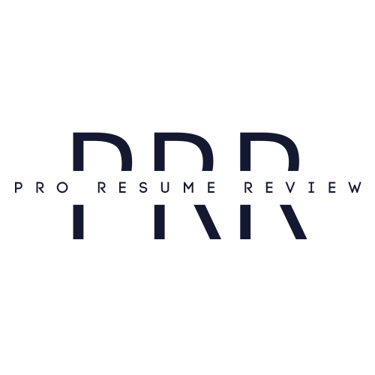How to Build a Work Wardrobe on a Budget
Look The Part At Any Budget


Starting a new job—or even preparing for interviews—often comes with one slightly intimidating question: What do I wear?
For many early-career professionals, especially those fresh out of school or switching fields, the idea of building a professional wardrobe can feel overwhelming and expensive.
The good news? Looking the part doesn’t mean spending a fortune. With a few smart strategies, anyone can pull together a sharp, work-appropriate wardrobe that works for both their budget and their style.
Understand the Office Dress Code
Not every job requires the same level of formality. A tech startup in Denver might be all about jeans and hoodies, while a law firm downtown might lean business formal. It helps to ask during the interview process or check the company’s social media for visual cues.
If asking directly feels awkward, look up team photos on LinkedIn or the company website. When in doubt, it’s always better to dress a bit more polished at first and dial it back once the vibe is clearer.
What’s in Your Closet
Before heading to the store or filling that online shopping cart, it’s worth taking a serious look at what’s already on hand. Many casual clothes can double as workwear with a little styling—like a solid tee layered under a blazer, or dark jeans paired with a button-up.
Small style tweaks—like tucking in your shirt, throwing on a belt, or adding a clean cardigan—can take an everyday outfit from laid-back to put-together. It’s often surprising how many pieces already work once they’re styled with intention.
Build a Foundation with a Few Key Basics
A professional wardrobe doesn’t need to be huge—it just needs to be versatile. A few neutral, mix-and-match pieces can go a long way. Think:
One or two well-fitting pairs of pants (black or navy are great choices)
A button-up shirt or two
A blazer or cardigan that works with multiple outfits
Shoes that are clean, simple, and office-appropriate
Even just 4–5 staple items can be combined into a week’s worth of outfits. Look for solid colors and classic shapes—they’re easier to remix and tend to look more expensive than they are.
Shop Smart and Secondhand
For anyone working with a tight budget, thrifting is the ultimate power move. Secondhand stores, online resale apps like Depop or Poshmark, and local consignment shops often carry barely-worn professional clothing for a fraction of the original price.
Set a small budget—say, $50–$100—and look for high-quality basics first. It’s not about quantity; it’s about finding a few pieces that instantly level up any outfit.
And keep an eye on sales. Stores like Uniqlo, H&M, and Old Navy regularly offer workwear staples at affordable prices, especially at the end of each season.
Focus on Fit and Finish
Professionalism isn’t about brand names—it’s about how pulled-together someone looks. That’s why fit and grooming matter more than price tags.
Wrinkle-free clothes, a clean pair of shoes, a lint roller, and even a basic iron or steamer can make a $10 thrifted shirt look like it came off a boutique rack. Planning outfits the night before also helps reduce stress and avoid mismatched or rushed looks.
Add Personality Over Time
Building a wardrobe is a process. There’s no need to have every piece in place on day one. Over time, it becomes easier to figure out what feels authentic—whether that’s bold accessories, clean lines, pops of color, or more minimalist vibes.
It’s okay to experiment and evolve. Style is personal, and even in professional settings, it should still feel like you.
Professional Style Doesn’t Have to Break the Bank
The pressure to look the part is real—but looking professional doesn’t mean wearing designer labels or buying an entire new closet. It’s about showing up clean, confident, and comfortable in your clothes.
Start with the basics. Build slowly. Mix and match. And most importantly, focus on looking like the best version of yourself—not someone else.
Looking good at work doesn’t have to cost a lot. It just takes a little strategy, some patience, and a reminder that style is about how you wear it, not how much it costs.
Hey New Grads — Ready to Nail Your Next Interview?
Download 5 Interview Tips Every New Grad Should Know — FREE Guide Here!
Learn what recruiters actually want to hear—and how to prep smarter without burning out.
